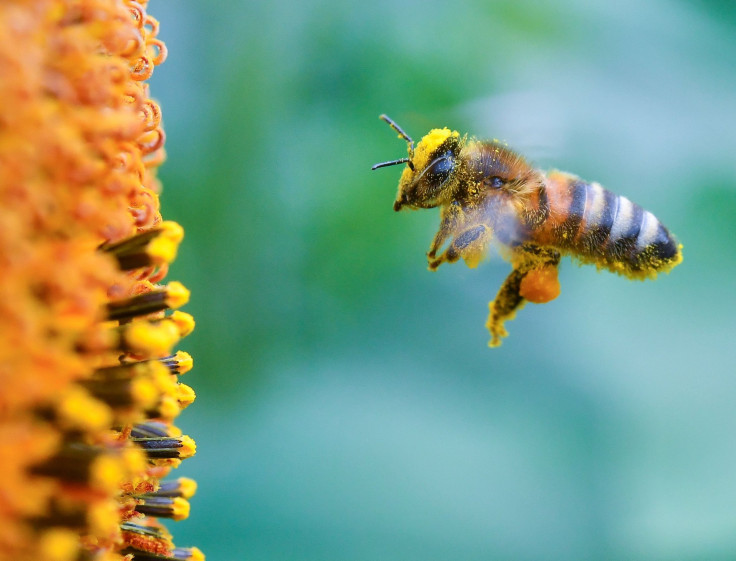Insecticides Threaten Bee Biodiversity, Long-Term Study Shows

Every few weeks or months the last few years, there is a scientific paper warning us that bees are disappearing or dying in large numbers, usually as a result of some human action or another. And giving credence to the usual short-term studies, a new study that used 18 years of data linked the use of insecticides to the decline in bee populations in the long-term as well.
But first, why all this talk about bees? Because they are important, and not just from a pure biodiversity point of view. According to the paper, published Tuesday in the journal Nature Communications: “Insect pollinators are estimated to support 9.5% of world food production and wild bees have an important role in the delivery of this ecosystem service.”
The paper, titled “Impacts of neonicotinoid use on long-term population changes in wild bees in England,” uses data collected in the United Kingdom and as its name suggests, looks at the use of neonicotinoid — a type of insecticide — in oilseed rape crops and its effect on different kinds of bees, including honeybees and bumble bees.
Neonicotinoids accounted for about 80 percent of the global insecticide seed treatment market in 2008 and their active compound spreads systematically through the tissues of plants to which they are applied, creating a large potential for pollinators to be exposed to them when they feed on nectar and pollen, the paper said.
Compared to the numerous short-term studies, which “are appropriate for determining potential drivers of change and exploring underlying causal mechanisms” and provide “considerable experimental evidence for short-term sub-lethal effects of exposure to neonicotinoids for a few bee species,” the current study, with its long-term data, is able to determine the links between specific factors and their links “to bee declines over time scales relevant to population level processes.”
The paper’s authors say its findings “provide the first evidence that sub-lethal impacts of neonicotinoid exposure can be linked to large-scale population extinctions of wild bee species.” They found that “wild bee species that forage on oilseed rape were three times as negatively affected by exposure to neonicotinoids than non-foragers.” Researchers also observed negative effects on bee populations that did not feed on oilseed rape, a fact they put down to other crops growing in soil that had been contaminated by neonicotinoids.
However, the paper points out that while “neonicotinoids were a contributing factor leading to reduced population persistence” of wild bees, it was not “in isolation of other environmental pressures. A complex array of drivers, from land use to climatic change, may be interacting with neonicotinoid exposure in non-linear ways to affect wild bee population persistence.”
© Copyright IBTimes 2024. All rights reserved.





















